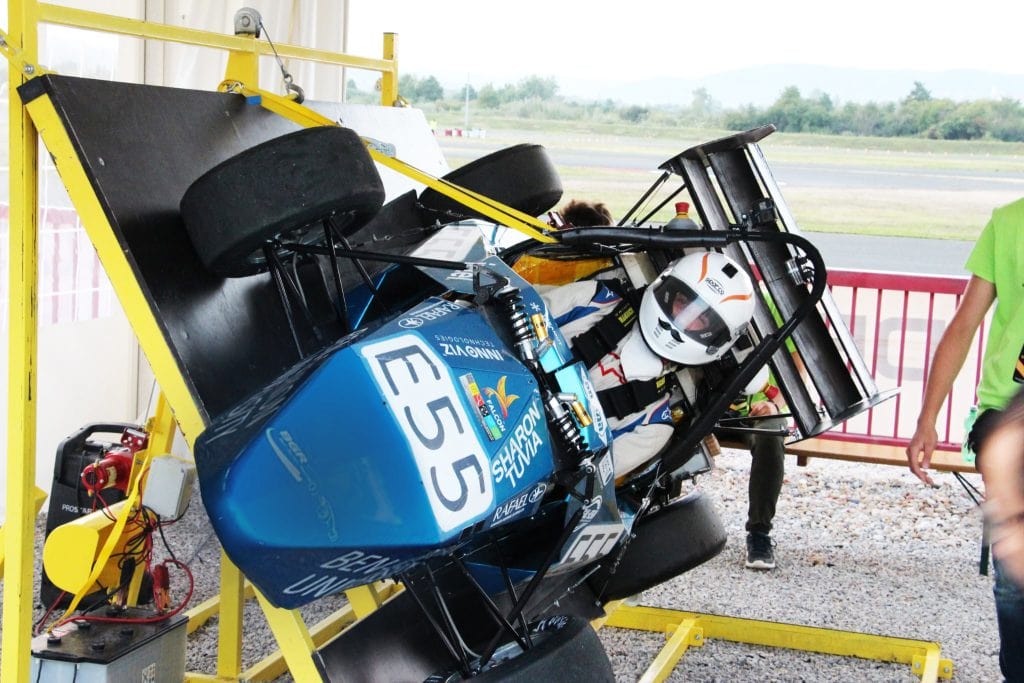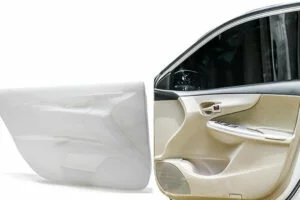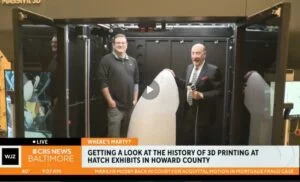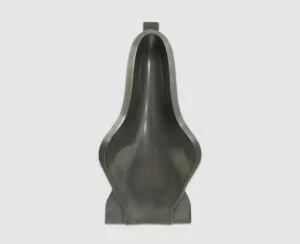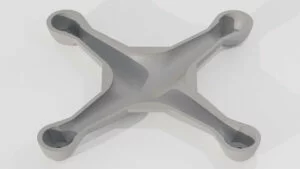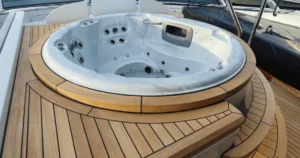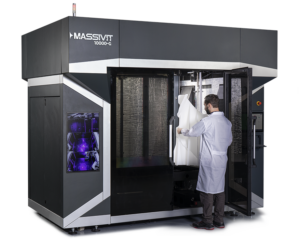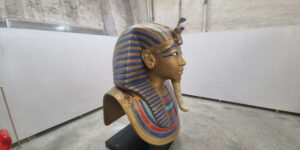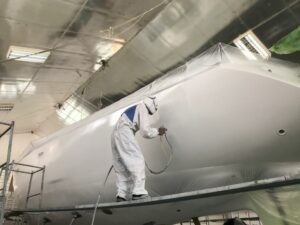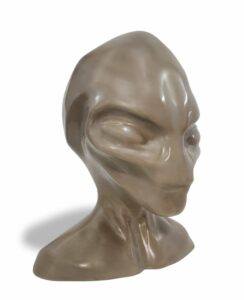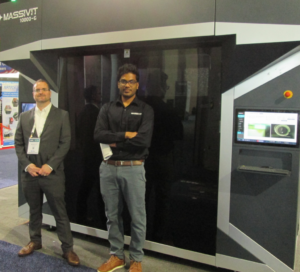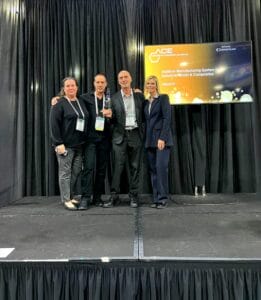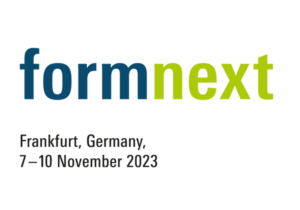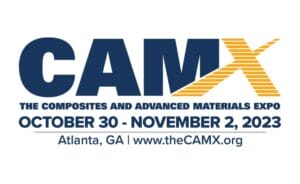This talented team of mechanical engineering and electrical engineering students achieved multiple successes at two international Formula racing events in August 2022. For these comps, the goal is to engineer the best car using new and innovative technologies.
In 2022, the team took advantage of latest large-scale additive manufacturing technologies from Massivit. The team rocked up at: • Formula Student Germany (FSG) • Formula Student Croatia (FSAA) Joining the global snowballing trend towards Electric Vehicles, the Ben Gurion University team entered the EV category, taking advantage of a Massivit 1800 large-scale 3D printer to print the nose of the car with Massivit customer Elidar.
The team used a Massivit 10000 additive manufacturing system to produce 3D printed wash away mandrels for the carbon fiber wings.
Unlike combustion requirements, the EV category requires:
• Extreme acceleration (0-200kim/h)
• High inertia
• Lightweight components The BGU team participated in performance and endurance tests including Static, Dynamic, and Acceleration tests.
Massivit’s water-breakable printing material, DIM WB, enabled the team to produce complex geometries and combine the benefits of AM tooling with lightweight composites for an overall win.


